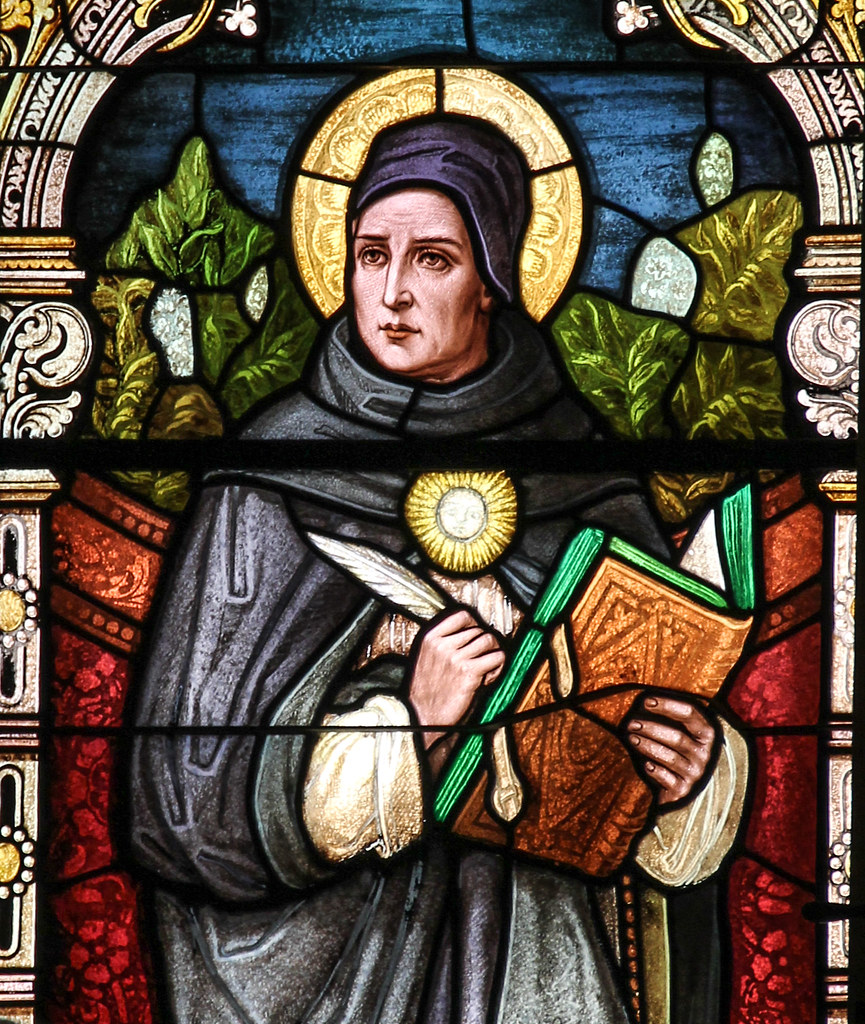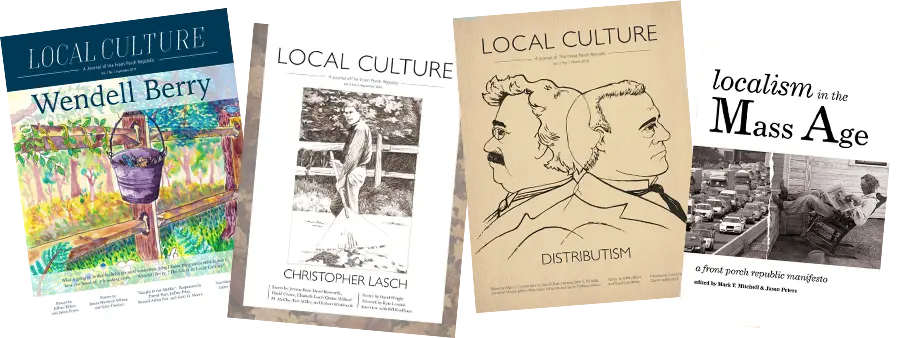Damian Ference’s fine book, Understanding the Hillbilly Thomist: The Philosophical Foundations of Flannery O’Connor’s Narrative Art, could not be more timely, and not only because of Ethan Hawke’s recent feature film about O’Connor, or the renewed interest in her work both within and beyond academic circles. The book’s timeliness derives from its engagement with a question being asked by some of the most important contemporary thinkers: how is it possible to access reality—what Matthew Crawford has referred to as “the world beyond your head”—in an age when it seems more and more elusive with each passing day? It may be retorted that this does not pose any difficulties, that simply to write is to engage with reality. But most deal with this question by not dealing with it, by simply assuming one or another version of reality without considering our access to it as a problem in and of itself—a problem that has become increasingly urgent in an age in which the distinction between “material” and “virtual” reality is ever more blurred, in which we are told in countless ways not to trust the evidence of our senses, and in which the very existence of the world around us—the structures that give forth meaning—is called into question.
Ference takes up these issues by focusing on what O’Connor once referred to as the “what-is,” which she understood as an objective reality that underlies all true artistic creation. In contrast to the image of an artist as someone who invents or creates out of nothing, the real artist, for both O’Connor and Ference, is one who sees and expresses gratitude for what is already there, and deals with it in such a way as to reveal aspects of it that may not be visible at first glance. The task is doubly difficult for O’Connor, given that for her, what is most real in our world is the divine, which is invisible by its very nature.
The question is not how O’Connor renders it visible (which would betray it), but rather how she reveals its workings within the visible realm. She is able to do so, Ference argues, because of her Thomism—the way she takes up the philosophy of St. Thomas Aquinas and those who have followed in his wake. Indeed, Ference’s main aim, as he writes early in the book, is to offer “a thorough and long overdue treatment of the Thomistic philosophy upon which O’Connor’s narrative art stands and with which her fiction may best be understood.” In this he succeeds brilliantly, casting O’Connor as an inheritor of St. Thomas’s particular reading of Aristotle’s four causes. For Thomas, the causes, taken as a whole, form what we might think of as a givenness whereby the Creator’s signature is everywhere apparent in the natural world. This understanding, Ference contends, allows O’Connor to trace the imprint of the beyond on reality itself, not as some a posteriori addition or appendage, but as the most essential element of the what-is—its “cause,” insofar as it is that which lends reality its coherence. Ference’s deeply convincing argument is one with which all those who study O’Connor’s work will henceforth have to grapple.
Ference, following in the footsteps of Christina Bieber Lake, holds that we should understand the precise way St. Thomas’s influence comes out in O’Connor’s work by way of the concept of incarnation, arguing that her reading of St. Thomas (along with another major influence, the Thomist thinker Jacques Maritain) “convinced O’Connor of the necessity of making incarnational art”—an art that views the flesh and, more broadly, reality itself as incarnating the divine. One of the best examples of this is to be found in the chapter Ference devotes to O’Connor’s epistemology, which he concludes with a sustained reading of her story “Parker’s Back,” in which the eponymous main character overcomes his general alienation from reality by having a large image of Christ (the story makes it clear that it is a Byzantine icon) tattooed on his back, an act that, per Ference’s argument, enables Parker to vanquish his dissatisfaction and lack of fulfillment “by coming to know the spiritual through the material.”
It becomes clear in all this that accessing reality does not mean searching for something absent, but rather seeing what is already there, and if this is difficult today, it is in large part, Ference contends, due to the way modern philosophy turned its back on St. Thomas and medieval philosophy, which took the what-is as its starting point. Ference sees Descartes as one of the main culprits here, noting that for him, one begins to think by casting doubt on the senses and everything accessible by way of them. This is not false, exactly; on the contrary, it is a completely acceptable understanding of Descartes. The problem, however—and this is one of my two minor criticisms of the book—is that Ference pushes the point too far, essentially taking this summary of Descartes as the whole of his philosophy, and as a reason to dismiss this philosophy. In fact, Descartes—along with some of the other “foils” Ference puts forth to O’Connor’s work, such as Nietzsche and Plato—is much more complex than this; Jean-Luc Marion, perhaps the world’s most important living Catholic philosopher, has devoted many pages to arguing that this understanding of Descartes conceals far more than it reveals (and in fact one of Marion’s main interests is Descartes’s complex inheritance of Thomism). It is not so much that Ference is wrong, but rather that he takes a starting point for an end point, which can only weaken his argument.
My second minor criticism of the book concerns its focus. Ference’s incarnational approach to O’Connor’s fiction is deeply interesting and produces excellent results, which to my mind makes it a shame that he spends so little time reading her stories—his analyses of these stories are largely confined to the final twelve to fifteen pages of each of the three main chapters (elsewhere, he deals mostly with her letters, essays, interviews, etc.). One might argue his interest lies in the philosophical foundations of her writing rather than the writing itself, but nowhere does Ference do more to convey the sheer power and originality of O’Connor’s work than when he looks closely at her fiction. Ference remarks that first-time readers of O’Connor’s stories are often put off by their sheer strangeness, which manifests itself in violence, grotesque elements, etc. His analyses of these stories are thus especially useful for these readers, for they demonstrate how the strangeness and indeed madness of her fiction constitutes a “holy folly” that is, for her, the most essential aspect of how the divine reveals itself in the “what-is,” thus constituting something utterly indispensable to the Christian experience of the world—which, for both O’Connor and Ference, is quite simply the experience of the world as it truly is.
Image via Flickr





